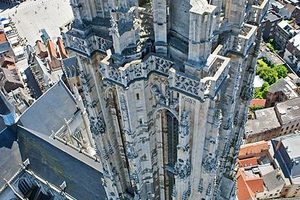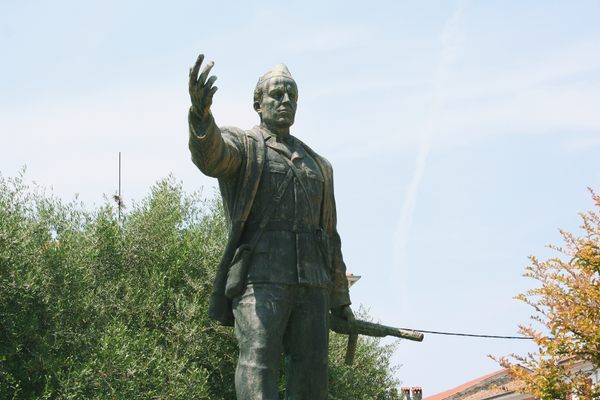About
In the wake of the Christian Reformation in the 1500s, more than 40,000 people were executed on charges of witchcraft. If you look closely at the pavement in Antwerp, you'll find a memorial to the victims hiding in plain sight.
As Catholicism and Protestantism jockeyed for religious dominance, many cities chose sides and some chose differently from those around them, resulting in sanctions or worse. When in such a situation something or someone had to be blamed blamed for the situation, and usually it was the devil in the form of Witches. In Belgium alone, thousands of people were rounded up, tortured until they confessed, and then killed brutally.
In Lier, Cathelyne Van den Bulcke, who was killed in 1590, was the last of such cases. She was Nijlen resident who was accused of being a witch several years after her mother was convicted of the same. Her crimes were making a horse sick, and causing a fire in a home, all while she couldn't recite her prayers.
Van den Bulcke was tortured until she confessed meeting and having relations with the devil and as a result sentenced to death. She was strangled and then burned at the stake.
In 2001 the verdict was overturned and her honor restored retroactively together with all others convicted of witchcraft. In 2012 a stone was placed at the location of the burning in honor of Van Den Bulcke. The stone reads: "Cathelyne Van den Bulcke from Nijlen was burned here as a witch (20/01/1590). Her courage put an end to the Lier witch craze."
Related Tags
Know Before You Go
The stone is freely accessible, although sometimes under a market stall on Sunday.
Community Contributors
Added By
Published
August 30, 2024

























